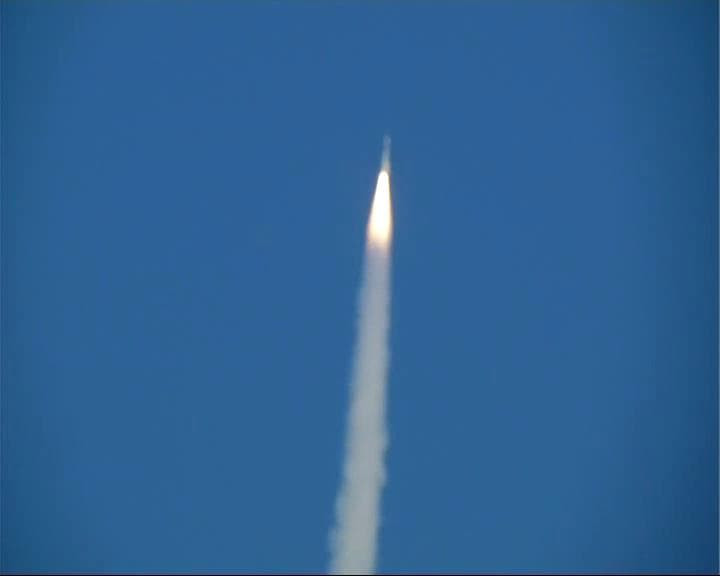A communications satellite that will help connect all assets of the Indian Air Force and work as a force multiplier, will be the 17th mission and last launch of Indian space agency ISRO for the year 2018. The long-awaited GSAT-7A, which took off from Sriharikota this evening, will connect all IAF assets like planes, air-borne early warning control platforms, drones and ground stations, building a centralised network. Along with GSAT-7 and GSAT-6, this new satellite, dubbed the Indian Angry Bird, will form the band of communications satellite for use of Indian military.
Recently, the Ministry of Defence cleared a plan to set up a special "Defence Space Agency" - an integrated tri-services unit that will use all Indian space assets for the benefit of the armed forces. This is also the space agency's 69th rocket launch from Sriharikota.
Here are the highlights from the ISRO GSAT 7A launch:
Congratulations #ISRO for successful launch of geostationary #Satellite #GSAT7A, built to provide communication services in ku-band over the Indian region..#ISROMissions pic.twitter.com/cLScUhWSNh
- Ashok Gehlot (@ashokgehlot51) December 19, 2018


